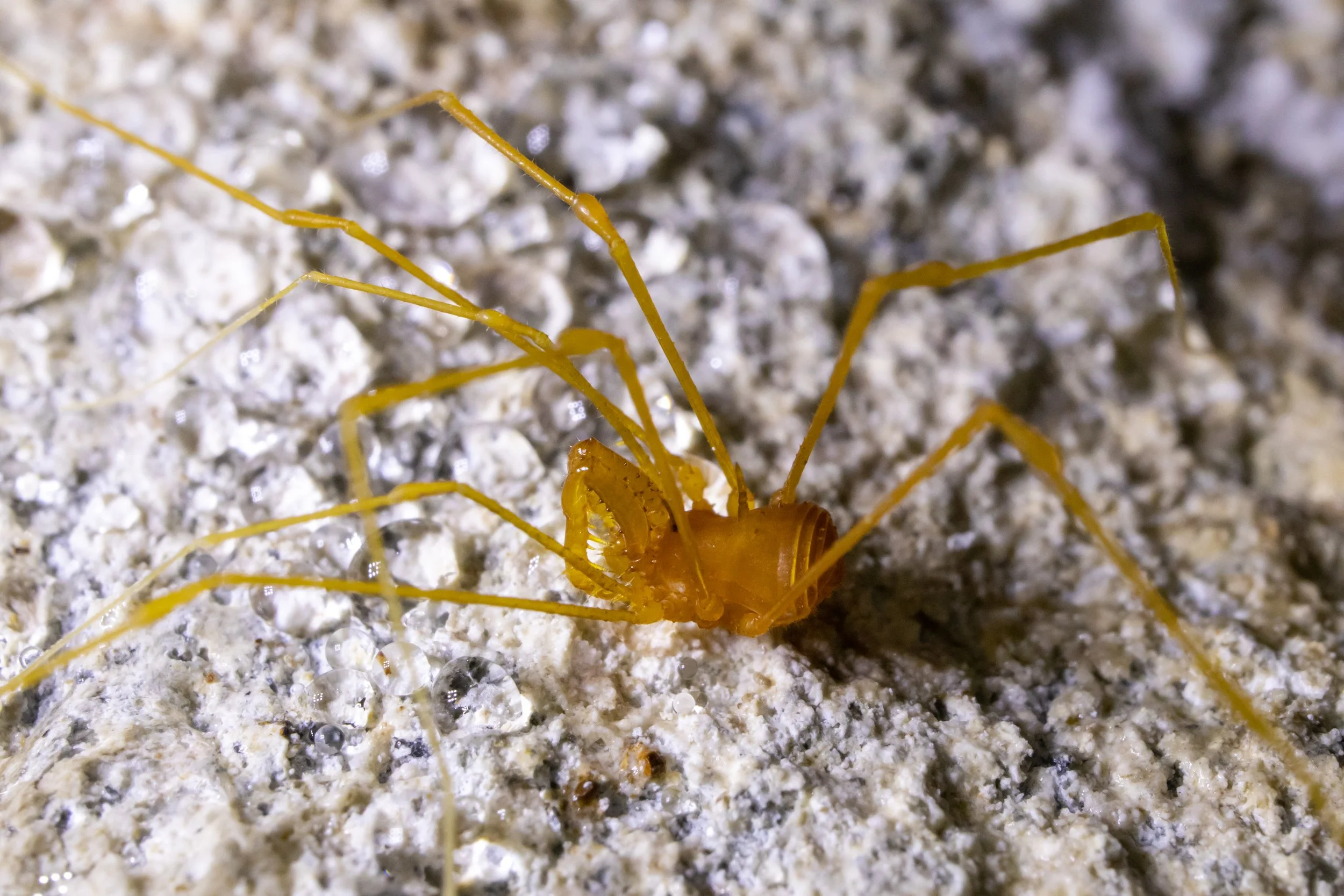The Guardian Motueka and Golden Bay
Wednesday, 7 May 2025
‘Groundbreaking’ discoveries in Tākaka Hill caves
Remarkable crustaceans, isopods and a new species of spider have been discovered in the Tākaka Hill caves.
The Tākaka Hill Biodiversity Group Trust recently undertook their 2025 Cave Fauna Survey, with a dedicated team venturing into 13 caves, navigating tough conditions to gather essential data for identification and genetic research.
Among the standout discoveries was a fascinating isopod, sampled with the help of the Nelson Speleological Group (NSG).
This finding emphasises the vital role of small invertebrates in cave ecosystems, highlighting the trust’s dedication to preserving cave biodiversity.
This finding emphasises the vital role of small invertebrates in cave ecosystems, highlighting the trust’s dedication to preserving cave biodiversity.
In a remarkable twist, they also sampled a new species of spider.
Dr Phil Sirvid, curator of invertebrates at the Museum of New Zealand Te Papa Tongarewa, described it as “unlike anything he has seen before”.
Charmaine Petereit, the trust’s project manager, says the survey sheds light on the rich and often hidden diversity of fauna in caves.
“Every discovery enriches our understanding of New Zealand’s distinctive biodiversity. While larger species like the Nelson Green Gecko and native birds often attract attention, it is the small native invertebrates that support the survival and health of these larger species in ways we have yet to grasp fully.
“We are dedicated to protecting these delicate ecosystems and eagerly anticipate the insights these findings will bring.”
Charmaine says the team was also excited to sample tiny Bilsitra specimens, measuring only a few millimetres.
“Collected from two separate caves, these remarkable crustaceans are currently headed to Brazil for genetic testing to determine
if they are Bilsitra cavernicola and to explore any genetic connections between samples from both sites.”
She says Bilistra play a crucial role in cave ecosystems by assisting in the decomposition of organic material, facilitating nutrient cycling and acting as vital indicators of ecosystem health within the unique environments of Tākaka Hill.
The Bilistra samples were approximately 220 metres below the cave entrance and four metres under the water’s surface - an arduous task that took nearly an hour.


